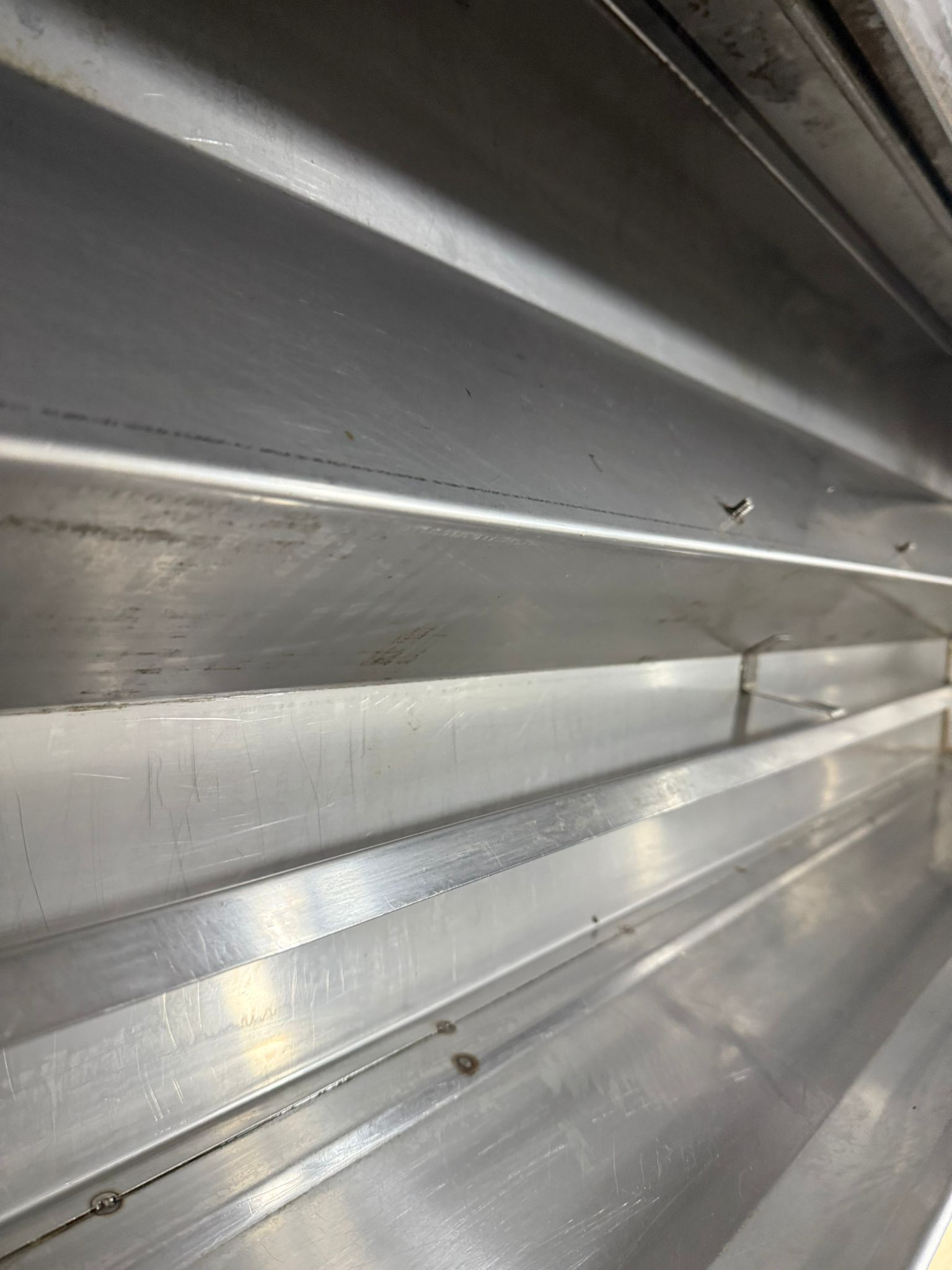As a restaurant owner in Toronto, maintaining a clean and safe kitchen hood system isn’t just about compliance – it’s about protecting your investment and ensuring your kitchen’s safety. This comprehensive guide will walk you through everything you need to know about commercial kitchen hood cleaning in Toronto.
Commercial Kitchen Hood Cleaning Guide Toronto: Why Professional Service is Essential


Commercial kitchen hood cleaning plays a crucial role in restaurant safety. Grease buildup in hood systems is one of the leading causes of restaurant fires in Toronto. Regular professional cleaning not only prevents fire hazards but also:
- Ensures compliance with local health codes
- Maintains proper ventilation efficiency
- Extends equipment lifespan
- Reduces energy costs
- Prevents costly emergency repairs
Toronto Cleaning Requirements and Regulations
Professional kitchen hood cleaning frequencies in Toronto are determined by your cooking volume and type:
High-Volume Kitchens (Cleaning every 1-3 months):
- Operates 12+ hours daily
- Heavy grease-producing cooking (frying, charbroiling)
- Solid fuel cooking operations
- Fast-food restaurants and busy commercial kitchens
Moderate-Use Kitchens (Cleaning every 3-6 months):
- Operates 6-12 hours daily
- Moderate grease-producing cooking
- Standard restaurant operations
- Hotels and catering facilities
Low-Volume Kitchens (Cleaning every 6-12 months):
- Operates less than 6 hours daily
- Light grease-producing cooking
- Smaller operations
- Cafeterias and seasonal businesses
It’s worth noting that in Toronto, commercial kitchen exhaust systems must be cleaned every 4 to 6 months according to NFPA 96 code standards. The cleaning frequency may vary depending on the type and volume of cooking operations.
Signs Your Kitchen Hood Needs Cleaning
Watch for these warning signs:
- Visible grease buildup
- Decreased ventilation efficiency
- Strange odors from the exhaust system
- Grease dripping from hood or ductwork
- Poor airflow in the kitchen
The Professional Cleaning Process
A thorough commercial kitchen hood cleaning includes:
- Initial system inspection
- Protection of surrounding areas
- Chemical treatment of hood surfaces
- Pressure washing of hood interior
- Cleaning of filters and grease cups
- Ductwork cleaning
- Fan and motor cleaning
- Final inspection and documentation
Cost Factors and ROI
Investment in regular hood cleaning typically varies depending on:
- System size
- Grease buildup level
- Cleaning frequency
- Access difficulty
- Time since last cleaning
Maintenance Tips Between Professional Cleanings
Keep your system running efficiently between professional cleanings:
- Clean or replace filters regularly
- Wipe down hood surfaces daily
- Monitor grease buildup
- Keep cleaning logs
- Schedule regular inspections
Common Mistakes to Avoid
Don’t fall into these common traps:
- Skipping scheduled cleanings
- Using untrained staff for deep cleaning
- Ignoring minor issues
- Failing to maintain documentation
- Choosing price over quality
Choosing the Right Cleaning Service
Look for these qualifications:
- NFPA 96 certification
- Documented experience
- Professional equipment
FAQs About Kitchen Hood Cleaning
- How often should I have my kitchen hood professionally cleaned?
- What certifications should I look for in a cleaning service?
- How long does a professional cleaning take?
- What documentation should I receive after cleaning?
- How can I reduce cleaning frequency?
Conclusion
Professional kitchen hood cleaning is a crucial investment in your restaurant’s safety and efficiency. It’s important to remember that in Toronto, hood cleaning is not just recommended but often a legal requirement. Establishments must adhere to local health and safety standards, including NFPA-96 guidelines, which mandate regular professional cleaning to maintain kitchen safety.
Regular maintenance not only ensures compliance with Toronto health codes but also protects your staff, customers, and business.
